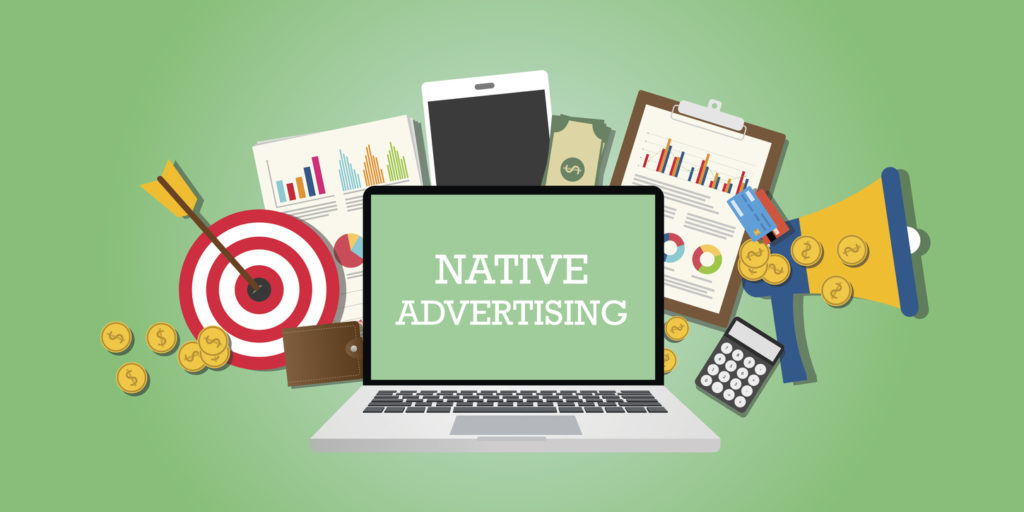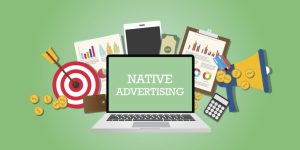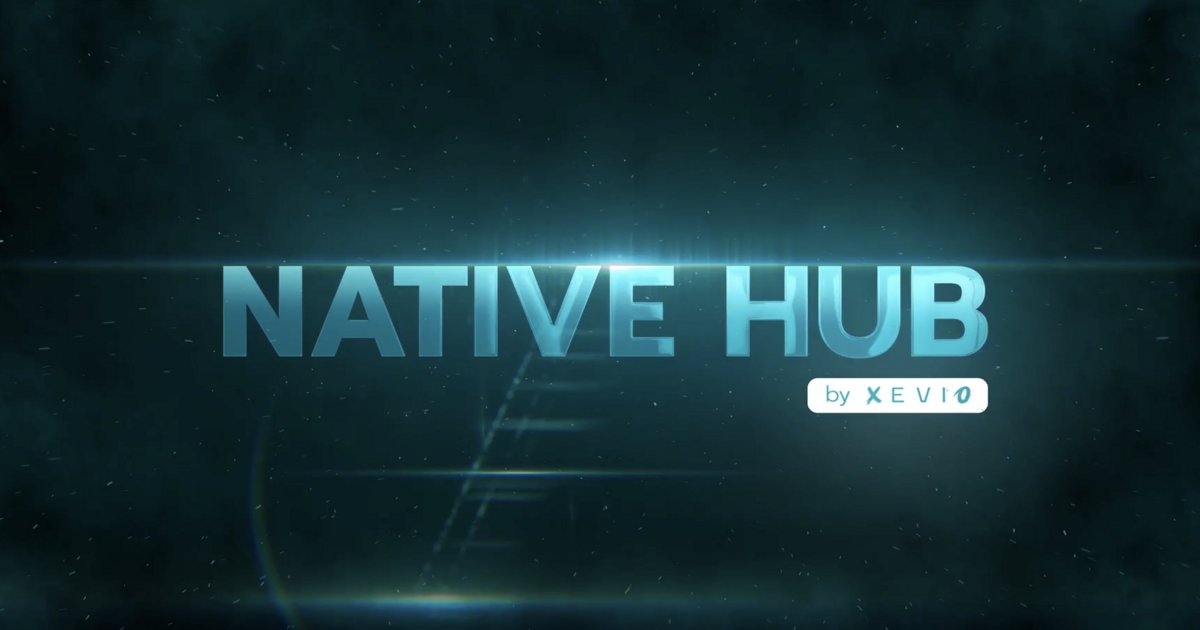Written By Jack Woods | 9/28/23

In the rapidly evolving world of digital marketing, native advertising has emerged as a powerful strategy that offers brands and businesses a unique opportunity to connect with their target audience. As we enter the critical period of Q4, it becomes even more crucial for companies to adopt innovative approaches that ensure their success. In this article, we will explore the growing significance of native advertising campaigns and how they can be a game-changer for businesses during Q4.
Evolution of Native Advertising
To understand the true potential of native advertising, it’s important to delve into its history and development. Native advertising has evolved from its early days as advertorials in print publications to a sophisticated digital strategy. Over the years, technological advancements and the rise of the internet have played a crucial role in shaping native advertising into what it is today.

The Key Components of Native Advertising Campaigns
For a successful native advertising campaign, businesses need to focus on certain key components. Firstly, defining the target audience is crucial to unlock precise consumer targeting. By understanding the preferences and behaviors of their audience, brands can tailor their content and ad formats accordingly. Crafting high-quality content serves as the foundation of native advertising success, as it helps build trust and engage the audience. The right choice of native ad formats is also essential, such as in-feed ads, sponsored content, recommendation widgets, and branded content. Striking the perfect balance between branding and storytelling is equally important to ensure effectiveness and engagement.
Unleashing the Power of Personalization
Utilizing data-driven insights has become instrumental in native advertising campaigns. By unraveling consumer preferences through data analysis, businesses can drive higher conversions. Implementing dynamic content that adapts to individual users adds a personalized touch, making the campaign more effective. In addition, leveraging retargeting strategies to win back potential customers who have shown interest in the brand can significantly boost conversion rates.
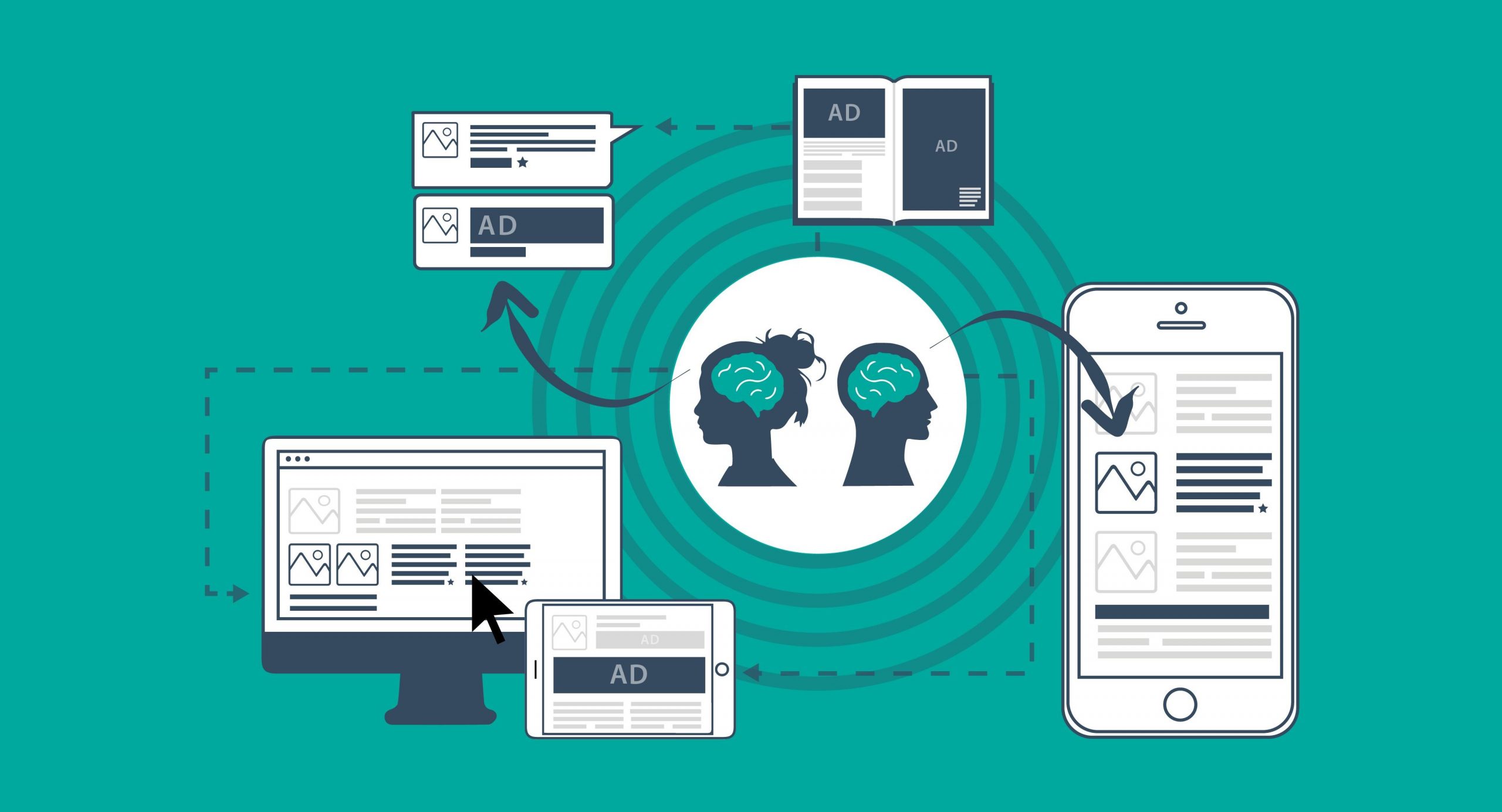
Native Advertising Platforms: Making Wise Choices
There are various native advertising platforms available, each offering distinct features and targeting capabilities. Social media platforms enable native ads to reach a wide audience while content recommendation platforms provide targeted placements. Native ad networks offer access to a vast network of publishers, and publisher-powered solutions provide companies more control over their campaigns. It’s important to evaluate the platform’s performance analytics and reporting capabilities, targeting options and flexibility, as well as scalability and campaign management tools before making a choice.
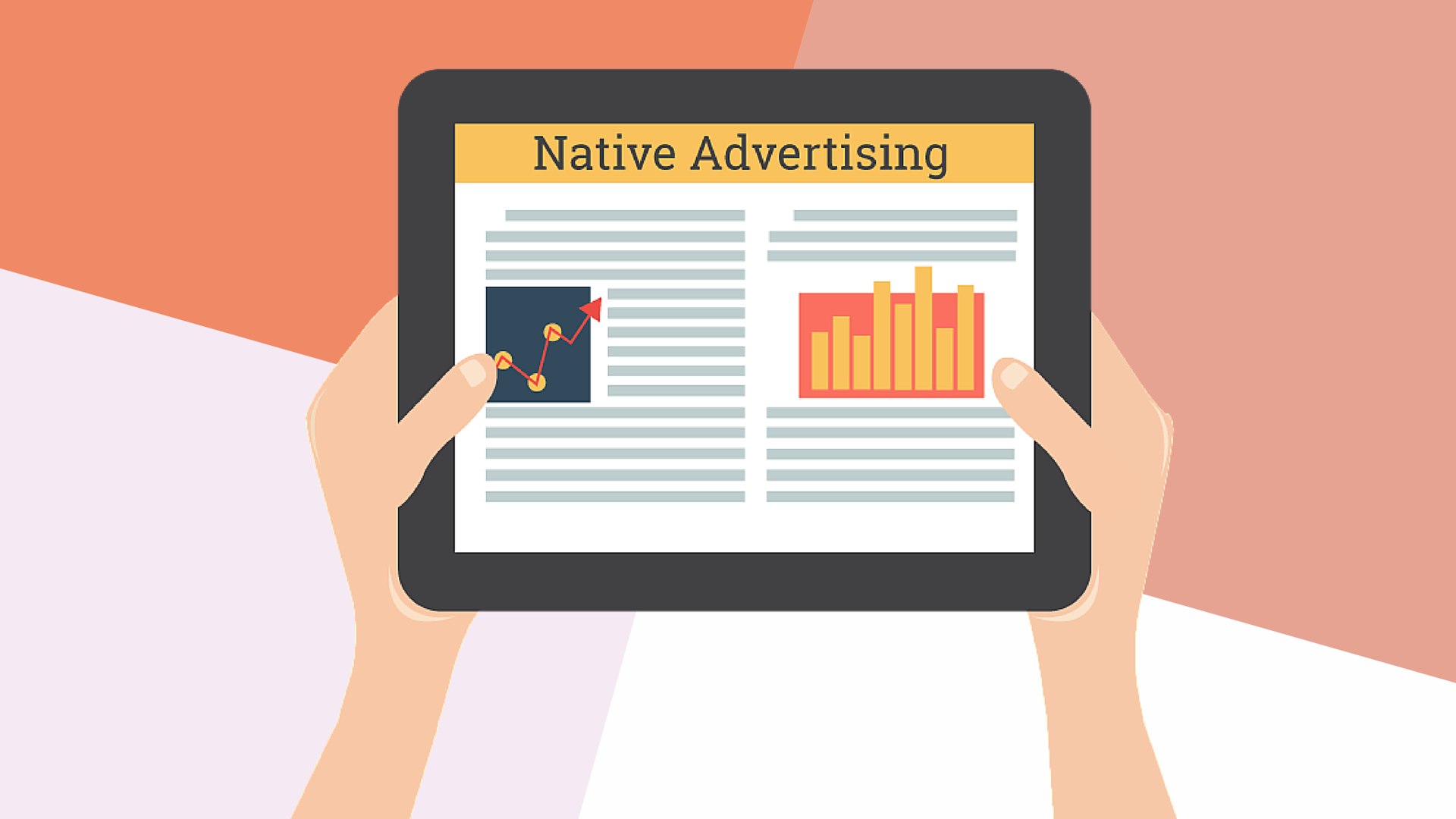
Navigating Legal and Ethical Boundaries
When implementing native advertising, brands must consider the legal and ethical boundaries to ensure compliance. The Federal Trade Commission (FTC) has guidelines in place to prevent misleading or deceptive practices in native advertising. Understanding these guidelines is essential to avoid any legal repercussions. Furthermore, maintaining transparency and disclosure is crucial for building trust with consumers. Clearly labeling native ads as sponsored content helps establish authenticity and credibility.

The Future of Native Advertising
The future of native advertising holds immense potential, powered by advancements in AI and machine learning. Advanced targeting algorithms will enable businesses to reach their desired audience more effectively. Intelligent content creation tools will assist brands in creating personalized, engaging content at scale. Automated optimization will allow campaigns to adapt in real-time for maximum impact. Moreover, video and virtual reality technologies are transforming native ad experiences, immersing users in rich, interactive content. The rise of smart speakers presents new opportunities for voice-activated native ads, tapping into the growing trend of voice search and smart home devices.
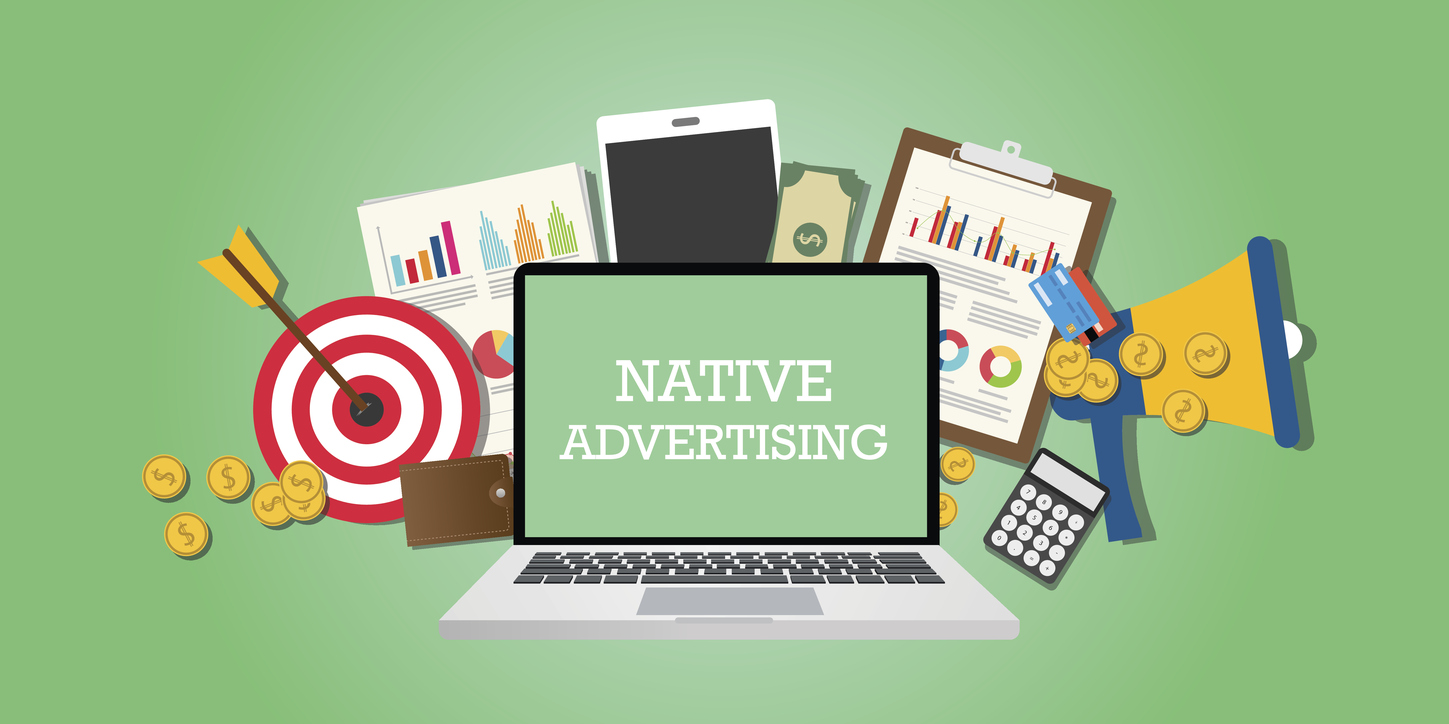
Debunking Native Advertising Myths
One common misconception about native advertising is that it is just another form of traditional advertising. However, native advertising goes beyond interrupting the user experience by seamlessly integrating branded content into the platform, delivering greater engagement and authenticity. Another myth is that native advertising lacks effectiveness and return on investment (ROI). In reality, native ads have been proven to outperform traditional banner ads in terms of engagement, click-through rates, and brand recall.
Conclusion
In conclusion, native advertising has become a game-changing approach for businesses seeking success in Q4. By understanding the evolution of native advertising, focusing on key components, leveraging personalization, making wise platform choices, navigating legal and ethical boundaries, and embracing future trends, brands will unleash the true power of native advertising. It is crucial to adopt a holistic approach in campaign planning, ensuring that every element works harmoniously to deliver the desired results.
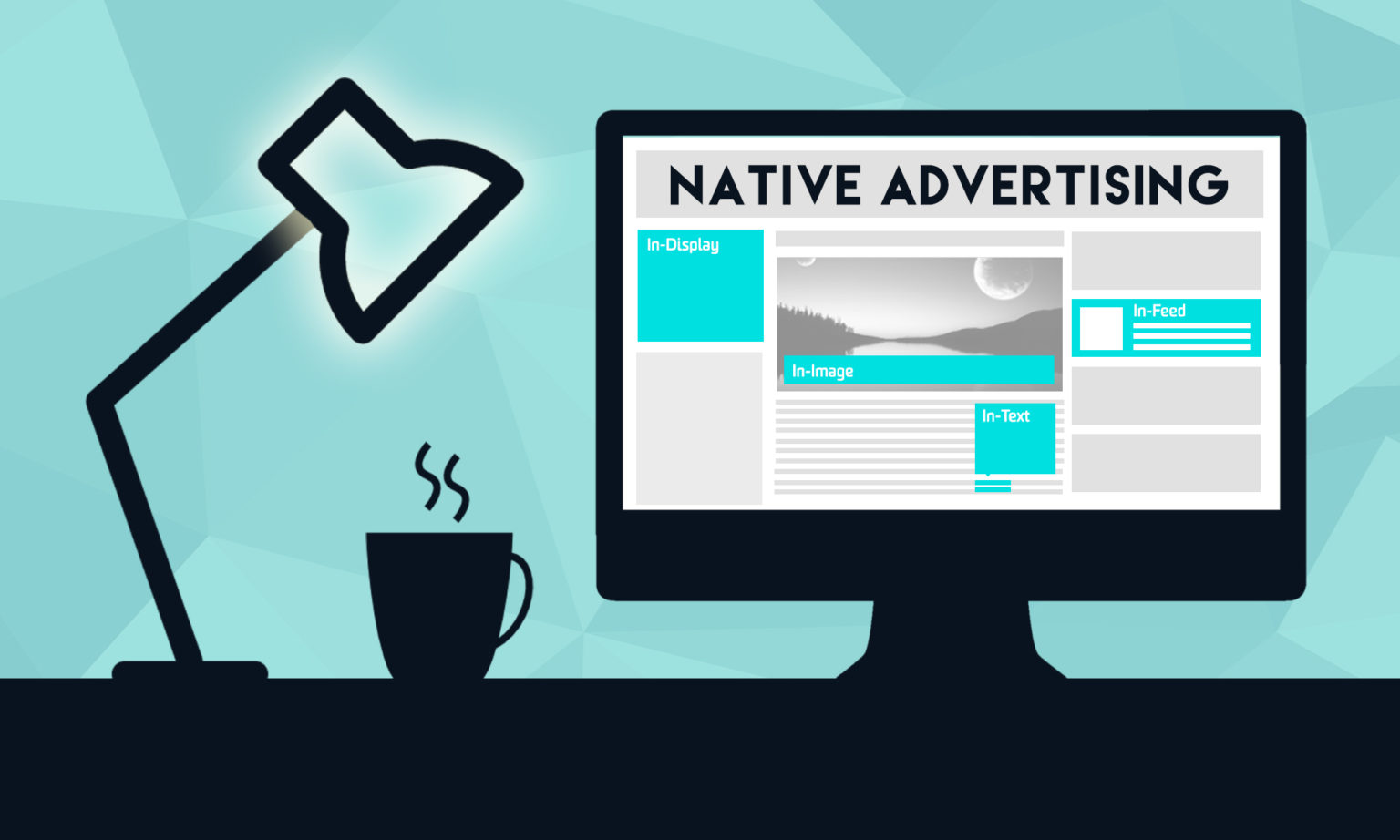
FAQs
1. What is the primary benefit of native advertising over traditional advertising methods?
Native advertising offers the advantage of seamlessly integrating branded content into the user experience, resulting in higher engagement and authenticity. Unlike traditional advertising methods that often interrupt the user, native ads provide a more natural and non-disruptive way of delivering brand messages.
2. How can I ensure my native advertising campaign aligns with brand values and storytelling?
To ensure alignment with brand values and storytelling, businesses should invest time in crafting high-quality content that resonates with their target audience. By understanding their target audience’s preferences and behaviors, brands can create content that fits seamlessly into the native ad platform while staying true to their brand identity and messaging.
3. What metrics should I track to measure the success of my native advertising campaign?
To measure the success of a native advertising campaign, it’s important to track metrics such as click-through rates, conversions, engagement levels, time spent on content, and brand recall. These metrics provide insights into the effectiveness of the campaign and its impact on the target audience.
4. What steps can I take to comply with FTC guidelines for native advertising disclosures?
To comply with FTC guidelines, it is essential to clearly label native ads as sponsored or branded content, ensuring that the audience is aware that they are viewing an advertisement. Transparency and disclosure build trust with consumers and help maintain ethical standards in native advertising.
5. How can I stay ahead of the evolving trends and technologies in native advertising?
Staying ahead of evolving trends and technologies in native advertising requires continuous learning and keeping up with industry updates. Engaging in industry forums, attending conferences, and following thought leaders in the field can provide valuable insights into emerging trends and technologies. Keeping a close eye on developments in AI, machine learning, video, virtual reality, and voice-activated technologies will help businesses stay ahead of the curve.

